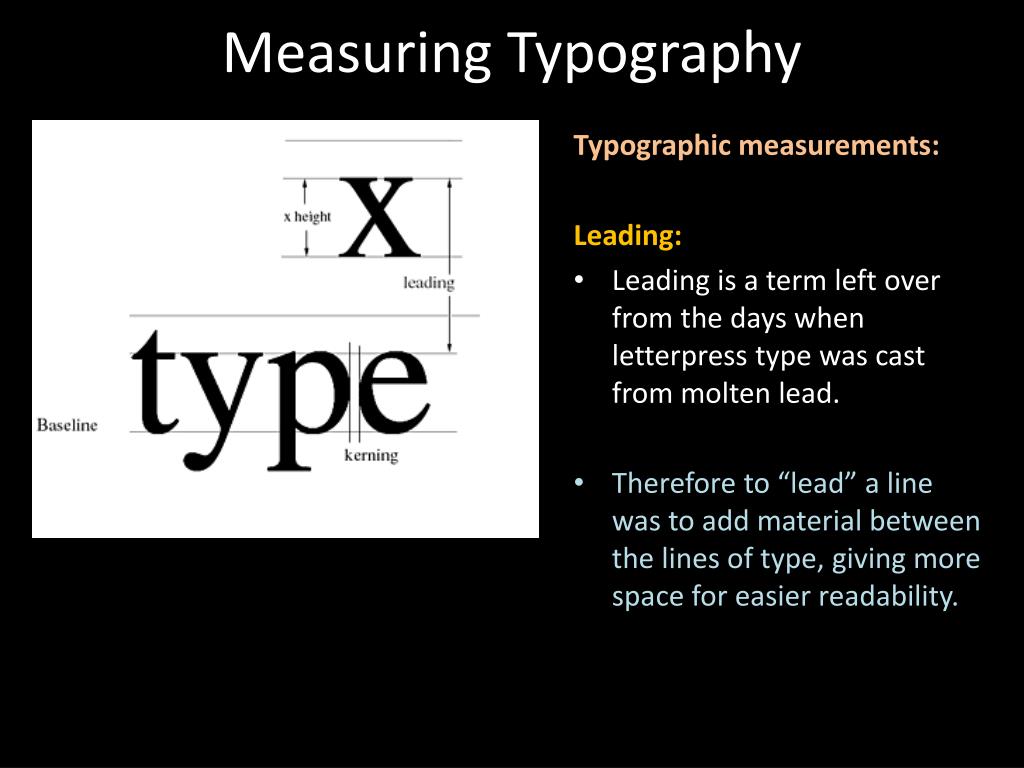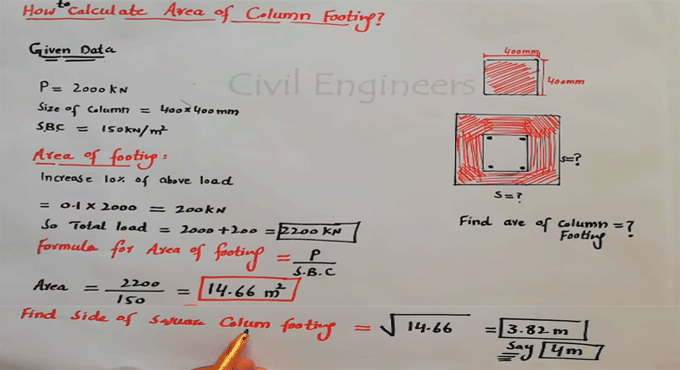
After measuring depth of a profile, the gauger places a current meter at 0.6 times the depth to measure the average velocity for that profile. Rather than making several measurements to average, we assume for streams less than 1 m deep that the average velocity equals the velocity that occurs at 60% of the depth measured from the top. The minimum velocity in a profile occurs at the bottom, the maximum occurs near the top. Velocity must represent the average velocity in the vertical profile. The stream gauger moves across the stream measuring the distance from the bank to keep track of width, and takes a depth measurement at a station (i), as illustrated in Figure 1. The United States Geological Survey recommends 20 cells in a cross section. Everything to the right of the summation symbol is solved for each station, and the results for each station are summed to get Q. The terms X i+1 and X i-1 refer to the distances from a reference point to the next station and previous station, respectively. If you are working at station i, the terms V i and D i refer to the velocity and depth at that station, respectively. The subscript i refers to any particular station in the cross-section.


In the velocity-area method, a stream gauger splits the stream into several cells, measures W, D, and V for each cell, calculates Q in each cell, and then adds up all the cells to get the total Q according to Equation 2:Įquation 2 is a summation. Because depth and velocity change through any cross section, several measurements must be made. The area is simply the width (W) of the river times the average depth (D). Streamflow rate (Q), also called discharge, is calculated by multiplying the velocity (V) of the water and a stream’s cross sectional area (A): Right and left edges of water (REW and LEW) are defined as if looking downstream sections can be numbered starting on the right or left bank. Xi is the distance of station i from a reference point, Di is the water depth at station i, and Vi is the vertically averaged velocity at station i. Figure 1: Schematic illustrating the velocity-area measurement method to calculate stream discharge dashed lines delineate individual subsections bound by measurement stations, numbered consecutively i=1, 2, …N. Producing a continuous hydrograph (record of discharge) involves obtaining a continuous record of stage, making discharge measurements over a range of stages, establishing and maintaining a relation between the stage and discharge, and applying the stage-discharge relation to the stage record. This exercise requires stream stage (instantaneous/continuous measurements) and discharge, which can be either measured or calculated using DCEW Lower Gauge rating curve.Products of this exercise may be used by the Watershed Water Balance exercise.Convert a continuous stage record to a hydrograph.Develop and use a rating curve relating stage to discharge.Measure the instantaneous streamflow rate, or discharge, of a small stream using the velocity-area method (optional).

Upon completion of this exercise students will be able to The goal of this project is to produce an annual hydrograph(s) for the Dry Creek Experimental Watershed (DCEW). How do we construct a continuous hydrograph? Goal ProblemĪ streamflow hydrograph is a plot of continuous discharge against time, yet conventional measurement methods only provide instantaneous discharge values. Stream gauging in the Pahsimeroi River Subbasin.


 0 kommentar(er)
0 kommentar(er)
